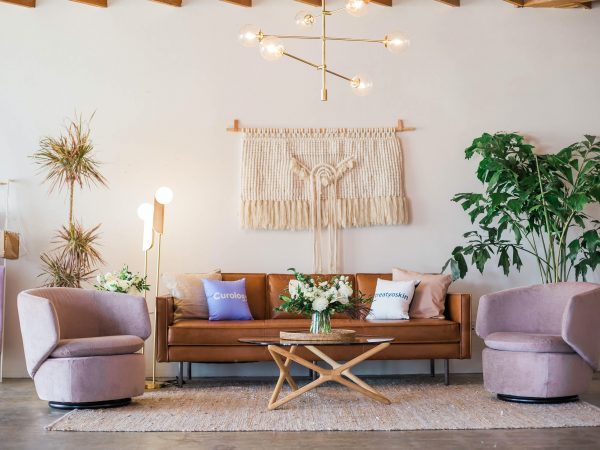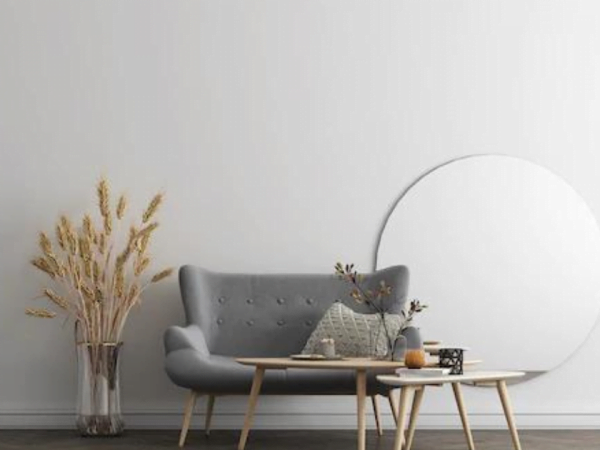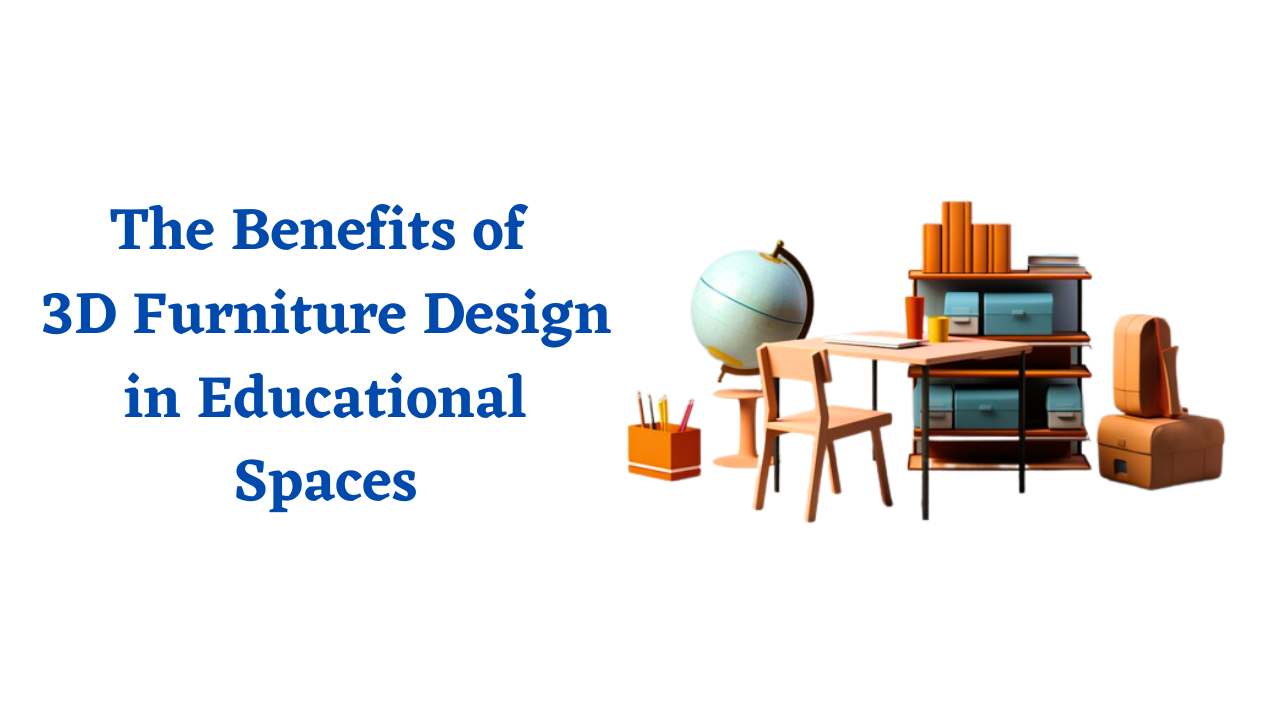
In the realm of educational spaces, the incorporation of 3D furniture design is proving to be a transformative approach that goes beyond traditional learning environments. This innovative design concept brings a myriad of advantages, redefining the way students engage, interact, and learn within their educational surroundings.
There are remarkable benefits that 3D furniture design brings to these dynamic spaces, shaping a new era of learning experiences. But first let’s explore 3d furniture design.
What is 3d furniture design?
3D furniture design refers to the process of creating three-dimensional digital models of furniture using specialized computer software.
This innovative design approach goes beyond traditional two-dimensional sketches or blueprints, allowing designers to craft detailed and realistic representations of furniture items that can be viewed from various angles and perspectives.
In 3D furniture design, designers use computer-aided design (CAD) software to meticulously construct furniture pieces, incorporating intricate details, textures, colors, and materials.
This method offers a dynamic and interactive way to visualize how furniture will appear in real-life settings. It enables designers, manufacturers, and clients to explore the design’s aesthetics, functionality, and spatial integration before any physical production takes place.
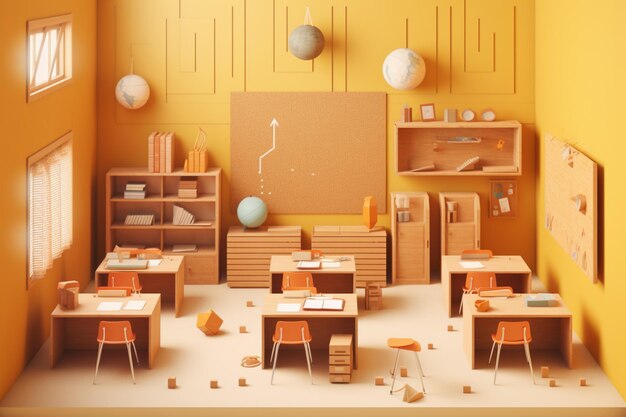
The advantages of 3D furniture design include accurate visualization, efficient communication among stakeholders, the ability to make informed design decisions, and the potential to identify and resolve any issues early in the design process.
This technology has revolutionized the furniture design industry by enhancing creativity, streamlining production, and ensuring that the final product aligns precisely with the envisioned design.
Top 10 Benefits of 3D Furniture Design for Educational Spaces
1. Enhancing Learning Experiences
3D furniture design takes into account the unique needs of modern education. It transforms ordinary spaces into dynamic learning hubs, allowing educators to create environments that inspire curiosity and active participation. Furniture is no longer just functional; it becomes an integral part of the learning experience.
2. Flexible and Adaptable Spaces
Educational spaces need to cater to various teaching methods, from traditional lectures to group discussions and project-based learning. 3D-designed furniture can be easily reconfigured to suit different activities, maximizing space utility and fostering creativity.
3. Improved Collaboration
Collaboration is a cornerstone of modern education. 3D furniture design encourages collaboration by offering versatile seating arrangements that promote interaction among students. Collaborative learning becomes more intuitive, leading to deeper understanding and improved retention of knowledge.
4. Ergonomic Comfort
Student comfort is essential for focused learning. 3D-designed furniture takes into consideration ergonomic principles, ensuring that chairs, desks, and workstations are designed to support proper posture and reduce physical strain during long study hours.
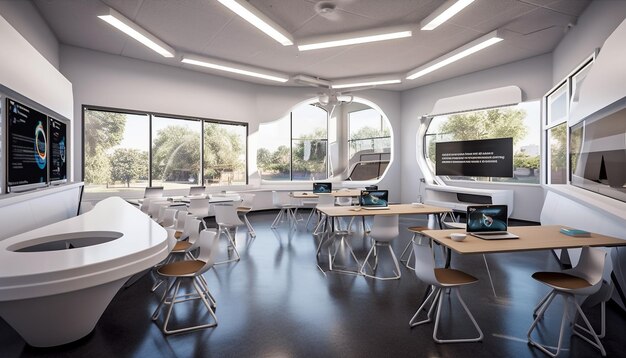
5. Customized Solutions
Every educational institution has unique needs. 3D furniture design allows for customized solutions that cater to specific requirements. Whether it’s creating lecture halls, science labs, or creative spaces, 3D design ensures that furniture aligns with the educational objectives and enhances the overall atmosphere.
6. Creative Learning Spaces
Gone are the days of rigid rows of desks. 3D furniture design enables the creation of imaginative learning spaces that foster innovation. From cozy reading nooks to vibrant collaborative zones, the design possibilities are limitless.
7. Technological Integration
Incorporating technology seamlessly is a hallmark of modern education. 3D furniture design can integrate charging ports, multimedia screens, and storage solutions that accommodate devices and tools, enhancing the technological experience for both students and educators.
8. Aesthetic Appeal
Educational spaces should be inviting and visually appealing. 3D-designed furniture merges functionality with aesthetics, contributing to an environment that stimulates learning and creativity.
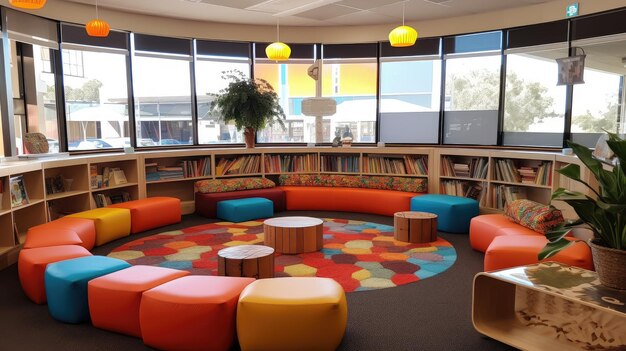
9. Future-Ready Education
By embracing 3D furniture design, educational institutions signal their commitment to providing a forward-looking education. Students are exposed to environments that mirror real-world settings, preparing them for the dynamic challenges of the future.
10. Sustainability
Many 3D furniture designs emphasize sustainable materials and practices, aligning with the growing awareness of environmental responsibility. This not only instills eco-consciousness in students but also contributes to a greener campus.
In conclusion, 3D furniture design in educational spaces transcends traditional setups. It redefines how students engage with their learning environments, fostering collaboration, comfort, and creativity.
As educational philosophies evolve, 3D furniture design stands as a powerful tool in shaping the future of learning spaces.
Moreover, if you’re looking for furniture design for classrooms, Libraries, Labs, or any educational space with the help of 3d furniture design! Then look no further, just drop a message here, or contact us at info@shalindesigns.com. We would be happy to create customized furniture designs. Get your all furniture design project solutions with Shalin Designs.
